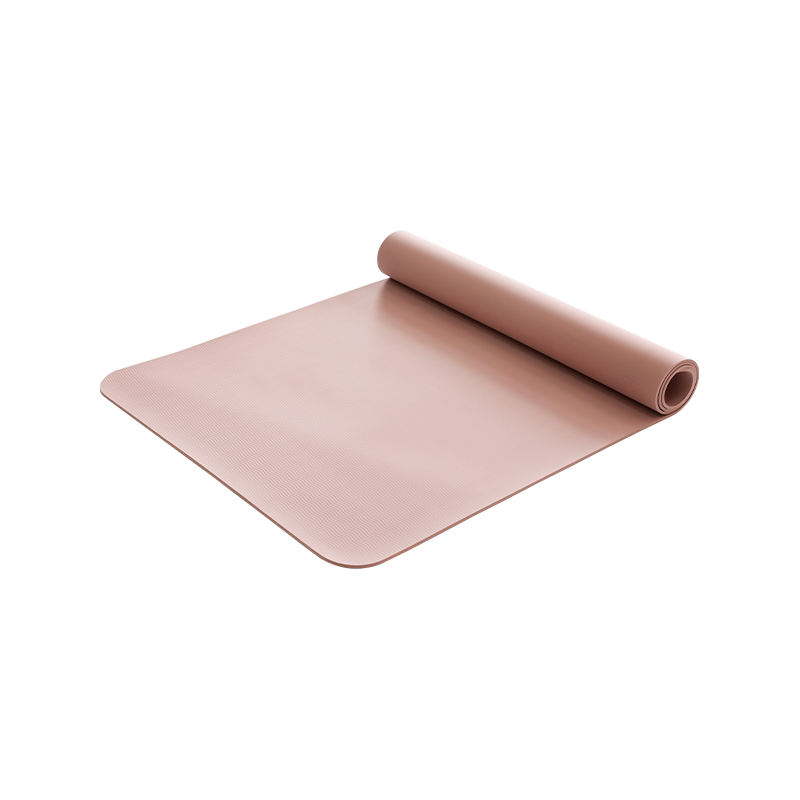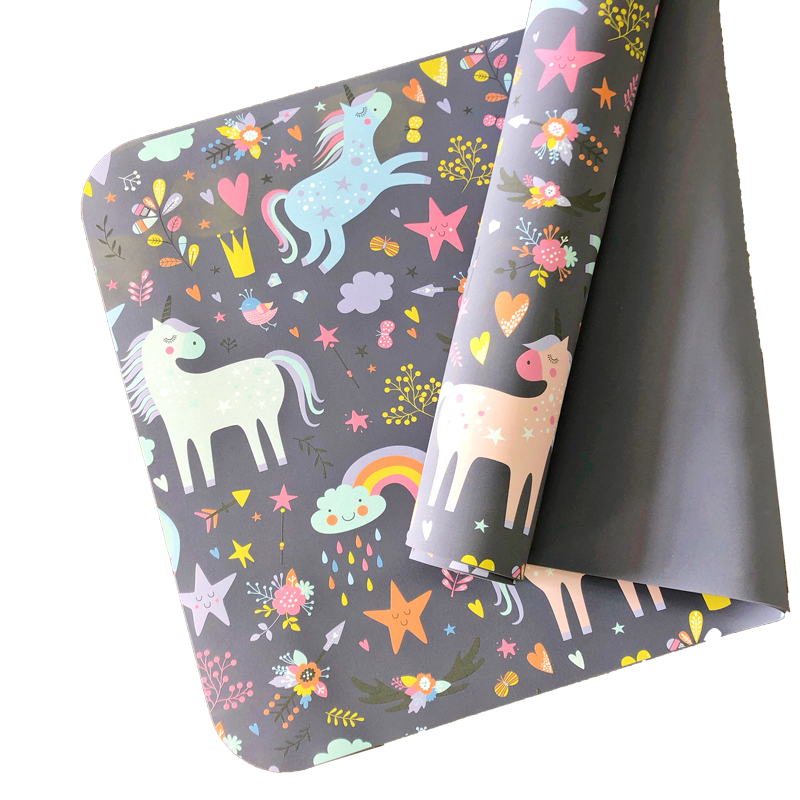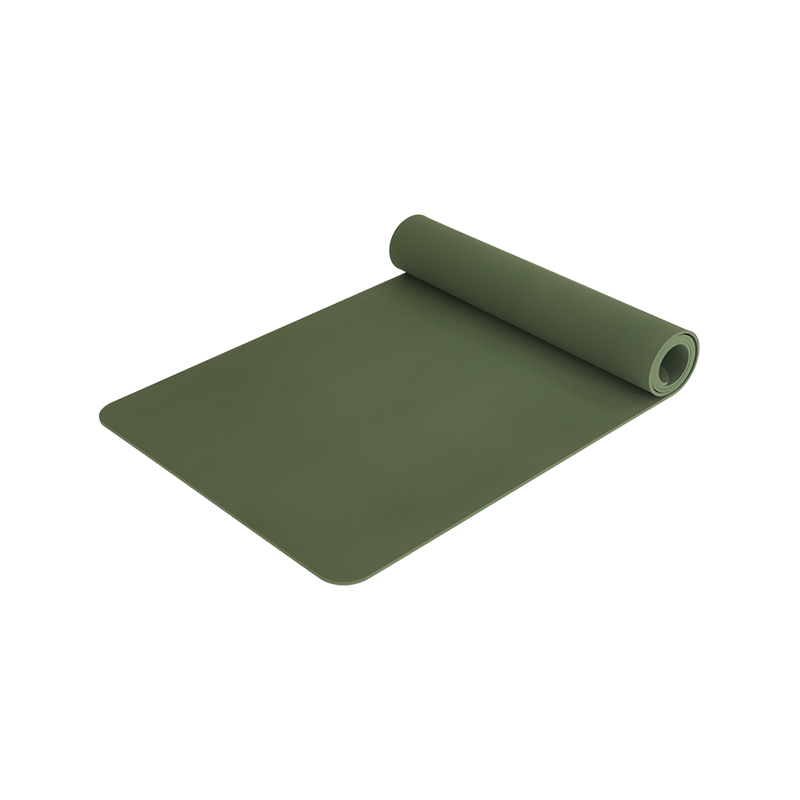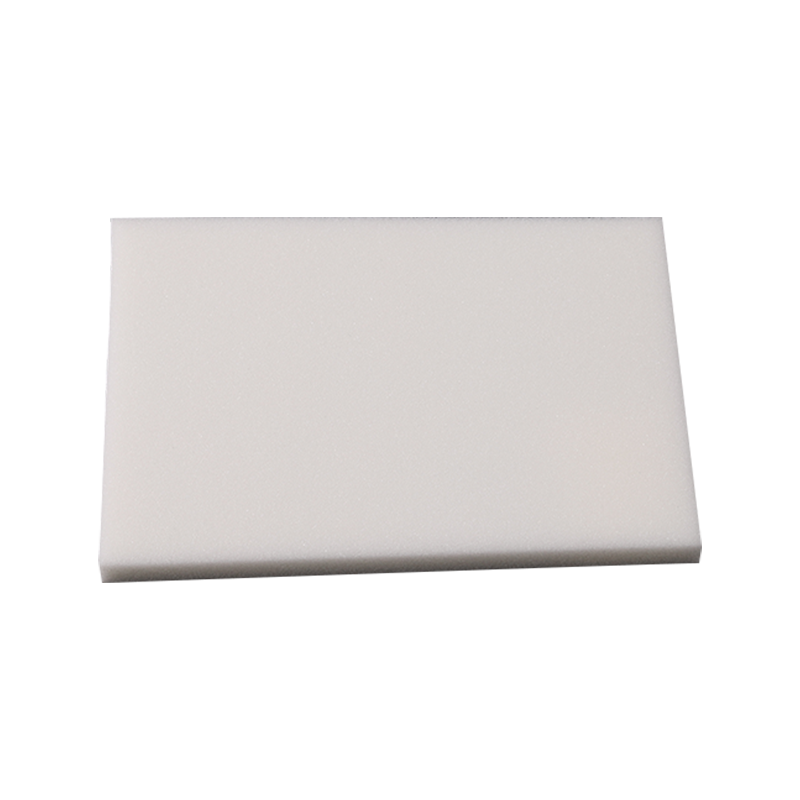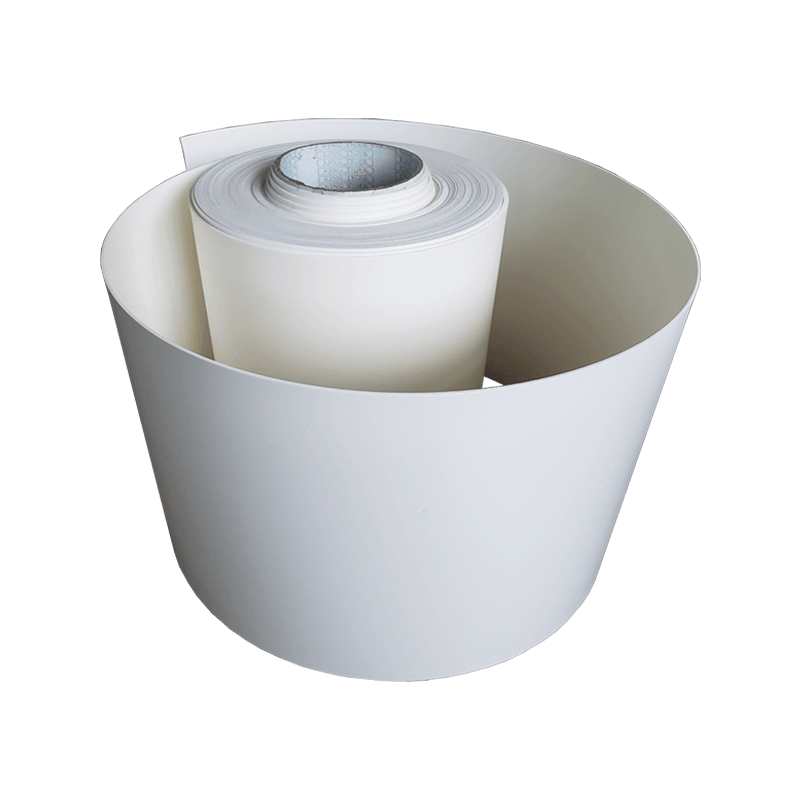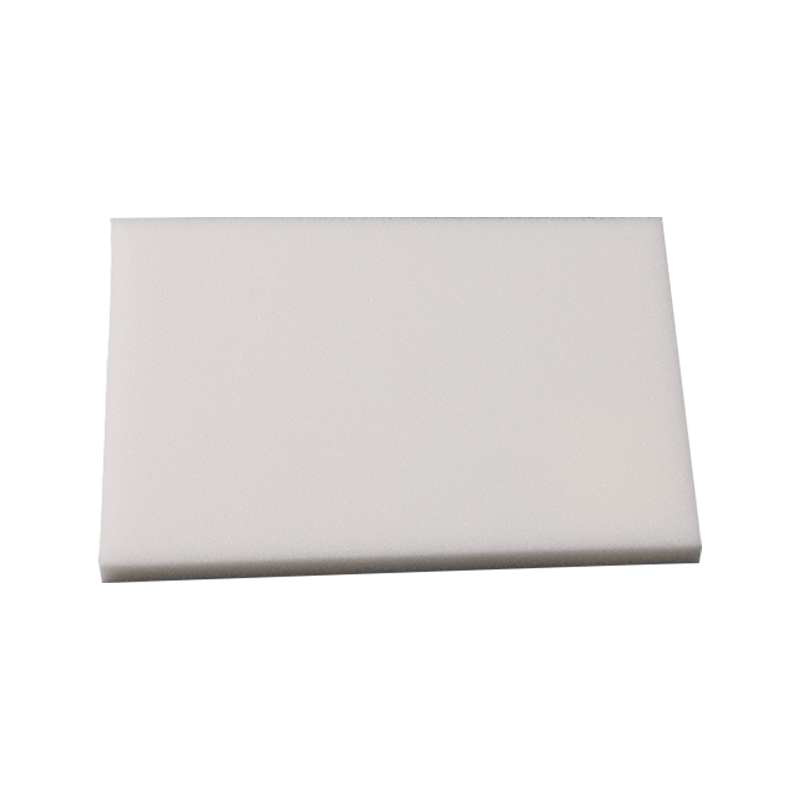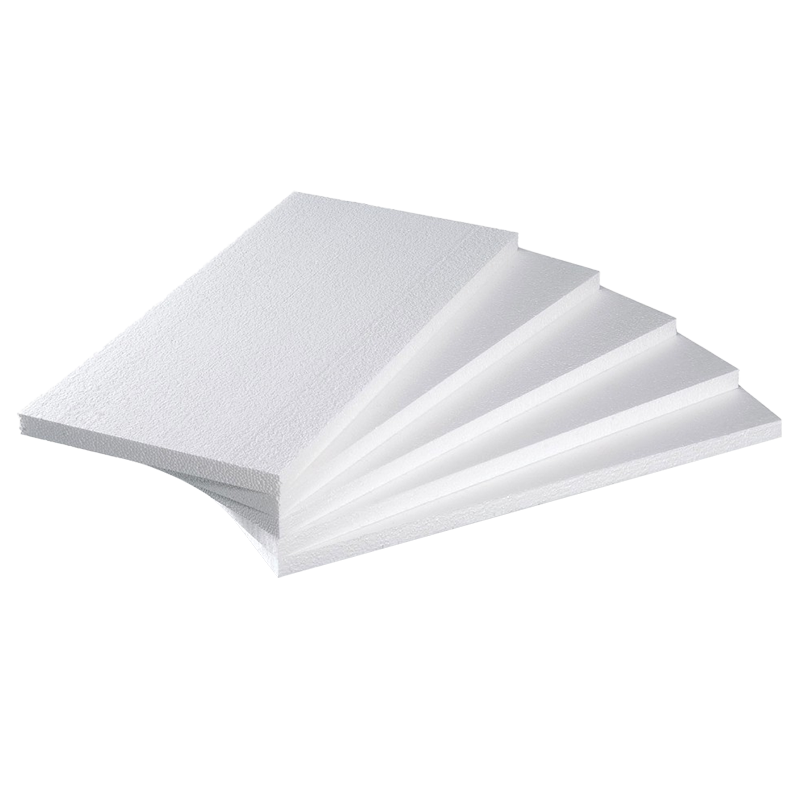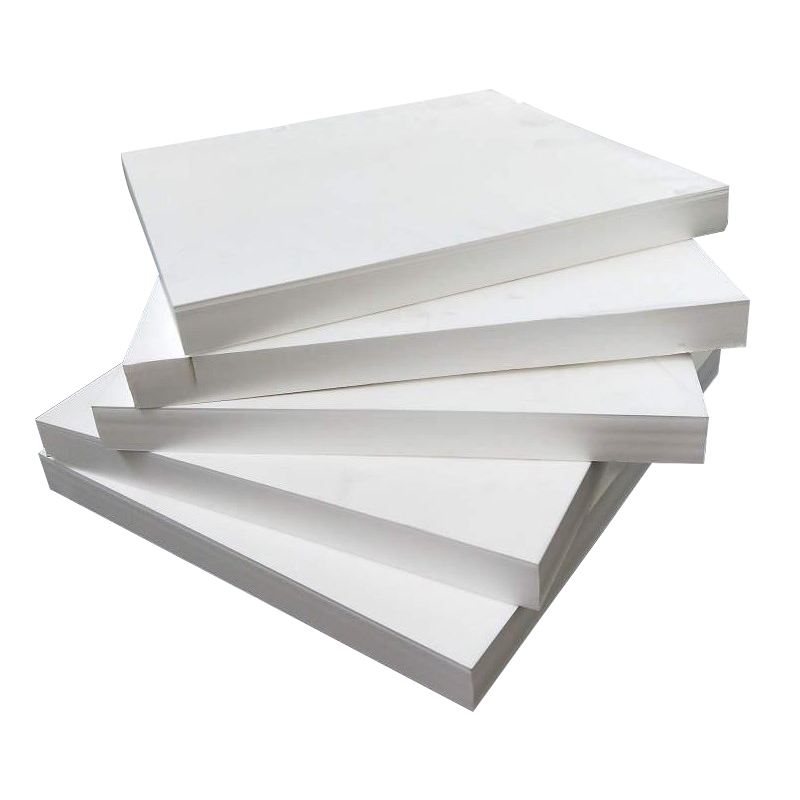Home / News / What Are the Different Types and Finishes of PVDF Foam Sheets Available?
The selection of a material for any project is a critical decision that influences not only the final aesthetic but also the longevity, performance, and overall cost-effectiveness of the application. When it comes to versatile and durable substrates, the pvd foam sheet has emerged as a premier choice across numerous industries. Its reputation is built upon a foundation of exceptional weather resistance, structural integrity, and excellent fabrication properties. However, the term “pvd foam sheet” is not a monolith; it represents a family of products with distinct variations tailored to specific needs. A deep understanding of the different types and finishes available is paramount for wholesalers, buyers, and fabricators to make informed decisions, recommend the correct material to their clients, and ultimately, ensure project success.
Understanding the Core Composition of PVDF Foam Sheets
Before delving into the types and finishes, it is essential to grasp what constitutes a pvd foam sheet. At its heart, the material is a synthetic polymer foam, with the primary resin being Polyvinylidene Fluoride (PVDF). This resin is renowned for its intrinsic stability and resistance to environmental degradation. The “foam” structure refers to a closed-cell matrix, which is pivotal to its performance characteristics. This closed-cell nature means that the individual gas-filled cells are completely sealed off from one another, preventing the absorption of moisture and the migration of chemicals. This results in a material that is both lightweight and remarkably strong, providing an excellent strength-to-weight ratio. The core composition can be modified through additives and manufacturing processes to produce sheets with varying densities, fire ratings, and flexural strengths, which form the basis for the primary types available in the market.
Primary Types of PVDF Foam Sheets: A Classification Based on Properties
The market for pvd foam sheet is not one-size-fits-all. Manufacturers produce several distinct types, each engineered to excel in particular applications or meet specific regulatory requirements. The main differentiators between these types are density, fire performance, and structural composition.
Standard PVDF Foam Sheets
This is the most common and widely used variant of pvd foam sheet. It serves as the benchmark against which other types are measured. Standard sheets are characterized by a balanced profile of properties, making them suitable for a vast array of general applications. They offer excellent durability, good rigidity, and superior weather resistance. A key feature of the standard pvd foam sheet is its ease of fabrication. It can be cleanly cut, routed, bent, and shaped using standard woodworking and sign-making tools, which significantly reduces labor and equipment costs. These sheets are typically available in a wide range of thicknesses and are the go-to choice for applications like indoor and outdoor signage, exhibition displays, and interior décor elements where the highest level of fire resistance is not a mandatory specification.
Fire-Retardant PVDF Foam Sheets
In many applications, particularly in public spaces, transportation, and building interiors, material safety is governed by strict building codes and regulations. This is where fire-retardant pvd foam sheet becomes indispensable. This type is manufactured with specific additives that inhibit the spread of flame and reduce smoke generation. It is important to distinguish between “fire-retardant” and “non-combustible”; while no plastic foam is entirely non-combustible, a fire-retardant pvd foam sheet is designed to self-extinguish once the source of flame is removed. It will not contribute significantly to a fire’s fuel load. This property is often verified by international standards and classifications, making this type of sheet a critical product for architectural interiors, public transportation advertising, and any project where enhancing fire safety is a priority.
Laminated Composite PVDF Foam Sheets
For applications demanding an even higher level of surface durability, rigidity, or a specific aesthetic substrate, laminated composite sheets are the preferred solution. This type involves bonding the pvd foam sheet core to one or two surface skins. The most common lamination is with aluminum, creating what is often referred to as an aluminum composite material or ACM, though the core is specifically a pvd foam. This fusion creates a panel that combines the lightweight, insulating, and flatness characteristics of the foam with the exceptional surface hardness, weather resistance, and modern metallic look of aluminum. These sheets are exceptionally flat and rigid, resisting bending and warping over large spans. They are extensively used in architectural cladding, building facades, and high-end signage where a premium, durable finish is required. The lamination process can also involve other materials, such as different plastics or pre-finished films, to achieve specific visual or functional effects.
High-Impact and High-Density PVDF Foam Sheets
Certain applications subject materials to significant physical stress, requiring enhanced durability. High-impact or high-density variants of pvd foam sheet are engineered for these demanding environments. By increasing the density of the foam core, manufacturers produce a sheet that is more resistant to denting, abrasion, and impact damage. This makes it an ideal choice for applications such as vehicle livery and truck side liners, where the material may be exposed to road debris, loading and unloading activities, and frequent cleaning. The increased density often comes with a slight increase in weight, but the trade-off is a dramatically extended service life in harsh conditions. This type is also sought after for point-of-purchase displays in high-traffic retail areas and for protective packaging of high-value goods.
The following table provides a concise comparison of these primary types:
| Type | Key Characteristics | Typical Applications |
|---|---|---|
| Standard | Balanced properties, ease of fabrication, excellent weather resistance. | Indoor/Outdoor Signage, Exhibition Displays, Interior Décor. |
| Fire-Retardant | Self-extinguishing, low smoke emission, complies with safety standards. | Architectural Interiors, Public Transport, Back-lit Boxes, Secure Areas. |
| Laminated Composite | High rigidity, superior surface hardness, premium aesthetic. | Architectural Cladding, Building Facades, Premium Signage. |
| High-Impact/High-Density | Enhanced resistance to dents and abrasion, withstands physical stress. | Vehicle Livery, Truck Liners, High-Traffic Displays. |
A Deep Dive into the Surface Finishes of PVDF Foam Sheets
The surface finish of a pvd foam sheet is just as critical as its core type, as it defines the visual appeal, tactile quality, and functional performance of the final product. The finish influences how the material interacts with light, accepts inks and adhesives, and resists surface scratches. The range of available finishes allows for immense creative and functional flexibility.
The Matte Finish: Elegance and Practicality
A matte finish, sometimes referred to as a satin or velvet finish, is characterized by its non-reflective, diffuse light scattering. This creates a soft, elegant appearance that is easy on the eyes and minimizes glare. From a practical standpoint, the matte surface is highly effective at hiding fingerprints, minor handling marks, and surface scratches, making it an excellent choice for applications that involve frequent human contact or require a sophisticated, understated look. It is a very popular finish for interior design elements, modern signage, and digital printing substrates, as the lack of glare ensures that printed graphics are easily legible from various angles. The matte surface provides an excellent tooth for ink adhesion, contributing to the longevity of the printed image.
The Gloss Finish: Vibrancy and Visibility
In contrast to the matte finish, a gloss finish on a pvd foam sheet features a highly reflective, smooth surface. This reflectivity gives colors a perceived depth and vibrancy, making them appear richer and more intense. The shiny surface is also easier to clean and provides a high-tech, premium feel. Gloss finishes are often selected for applications where high visual impact is desired, such as in retail displays, promotional signage, and certain types of vehicle graphics. However, it is important to consider the potential for glare in brightly lit environments, which could affect the readability of text or graphics. The surface is also more prone to showing fine scratches and fingerprints, which may influence the choice for high-touch applications.
The Metallic Finish: A Premium Aesthetic
Metallic finishes offer a distinct and premium visual alternative. This finish is achieved by incorporating metallic pigments into the surface layer of the sheet during manufacturing, creating the appearance of solid metal without the associated weight, cost, or corrosion concerns. A pvd foam sheet with a metallic finish can mimic the look of brushed aluminum, stainless steel, or even copper, providing architects and designers with a versatile tool for creating modern and luxurious environments. These sheets are widely used in architectural accents, feature walls, high-end retail fixtures, and specialty signage. The finish is typically sealed and durable, offering the same weather resistance as standard solid colors.
Textured and Embossed Finishes: Adding a Third Dimension
To further expand the design possibilities, some pvd foam sheet products are available with textured or embossed finishes. These finishes add a physical, three-dimensional pattern to the surface of the material. Common patterns include a fine linen texture, a leather-like grain, or a geometric design. The primary benefit of a textured finish is its enhanced ability to conceal surface imperfections, including scratches, dents, and seams, making it exceptionally durable in high-wear scenarios. Furthermore, the texture adds a tactile quality and visual depth that cannot be achieved with a smooth surface. This type of finish is ideal for applications like wall paneling, elevator interiors, furniture components, and any project where both visual interest and extreme durability are key requirements.
Specialty and Custom Finishes
Beyond the standard offerings, the manufacturing process for pvd foam sheet allows for the creation of specialty finishes to meet unique project specifications. This can include custom color matching for corporate branding, specific reflective properties, or even pre-applied adhesive systems for simplified installation. The ability to source custom finishes provides buyers and specifiers with the flexibility to achieve a truly bespoke solution, ensuring that the material meets the exact aesthetic and functional demands of the project.
Choosing the Right Combination for Your Application
The true art of selecting a pvd foam sheet lies in matching the correct type and finish to the specific demands of the application. This decision-making process should be guided by a series of key questions related to the project’s environment, functional requirements, and aesthetic goals.
For outdoor signage and architectural cladding, the combination of a laminated composite sheet with a matte or metallic finish is often ideal. The composite structure provides the long-term rigidity and weather resistance required for building exteriors, while the matte finish reduces glare and hides surface imperfections over time. The metallic finish offers a premium, architectural look.
For interior displays and exhibition stands, where weight, ease of fabrication, and visual appeal are paramount, a standard or fire-retardant pvd foam sheet with a matte finish is typically the most suitable. The matte surface is excellent for direct printing and minimizes reflections under exhibition hall lighting, while the fire-retardant property ensures safety in public gathering spaces.
For vehicle graphics and truck liners, durability is the primary concern. A high-density pvd foam sheet is necessary to withstand impacts and abrasion. A matte or textured finish is highly recommended for this application, as it is best at hiding the scuffs and scratches that are inevitable in a transport environment, thereby maintaining a professional appearance for longer.
For point-of-purchase displays and retail fixtures, visual impact is key. A gloss finish on a standard pvd foam sheet can provide the vibrant, high-energy look desired in a retail setting. If the fixture is in a high-traffic area, a textured finish might be a more durable choice that still offers significant visual interest.


 English
English
 Español
Español

 ++86-0512-66079229
++86-0512-66079229

